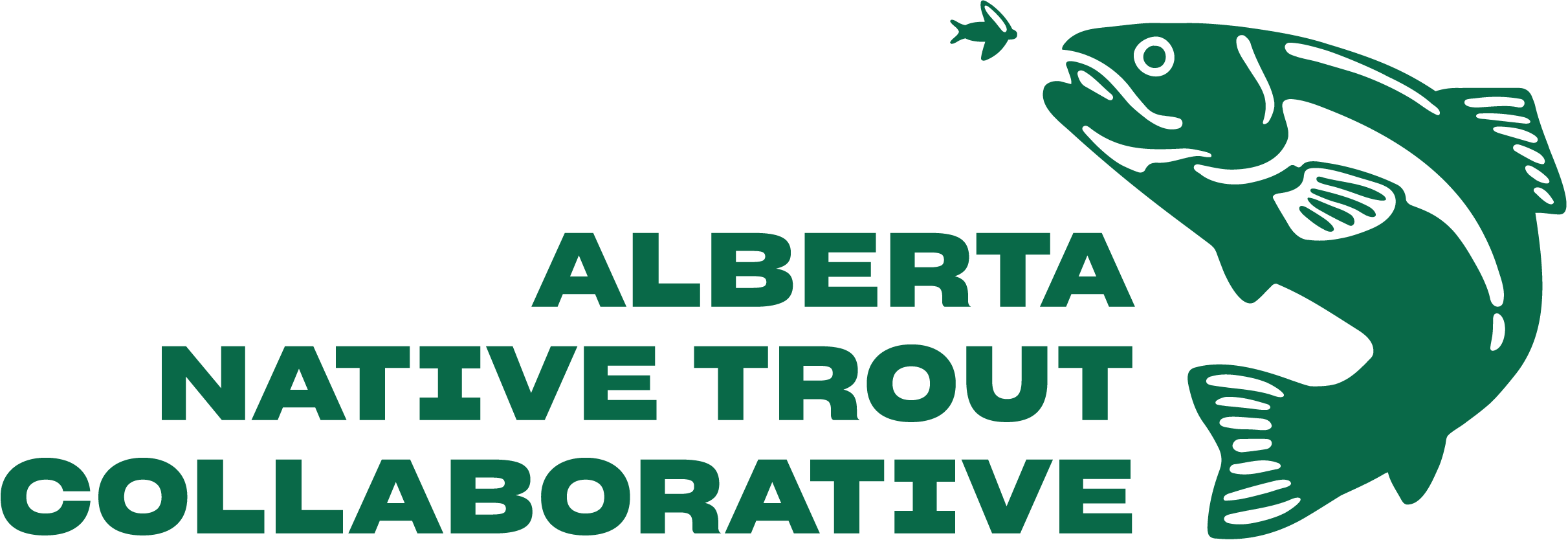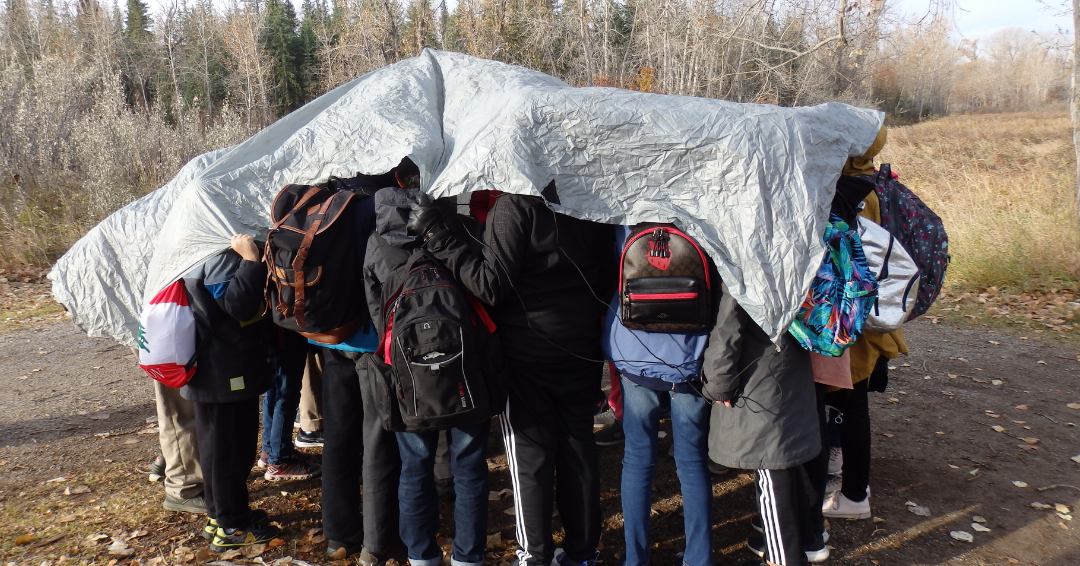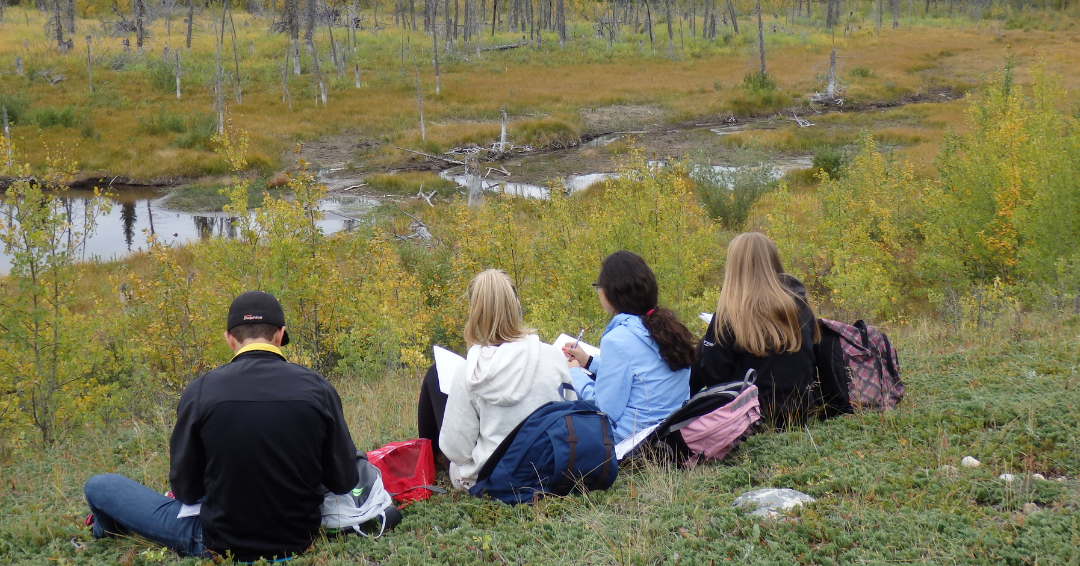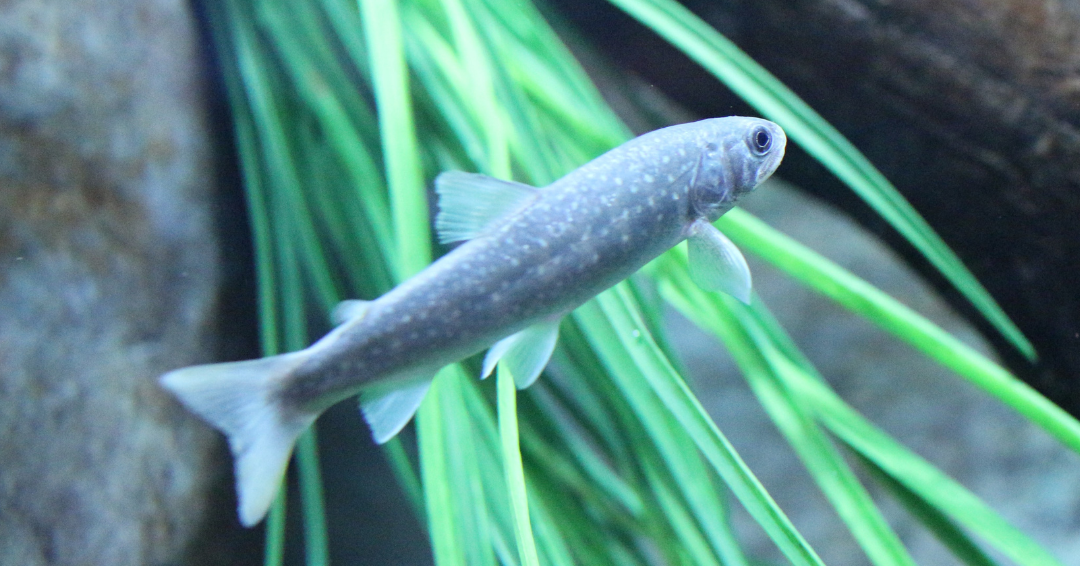Become part of a river to imagine downstream cumulative effects.
PURPOSE
In this activity, participants will visualize cumulative effects of pollution on our river systems and those that rely on them. What happens upstream – bad and good – affects everyone (every person, plant, animal, ecosystem) downstream.
RECOMMENDED GRADES
Grades 2-4, 8, 10-12
TIME NEEDED
15 minutes
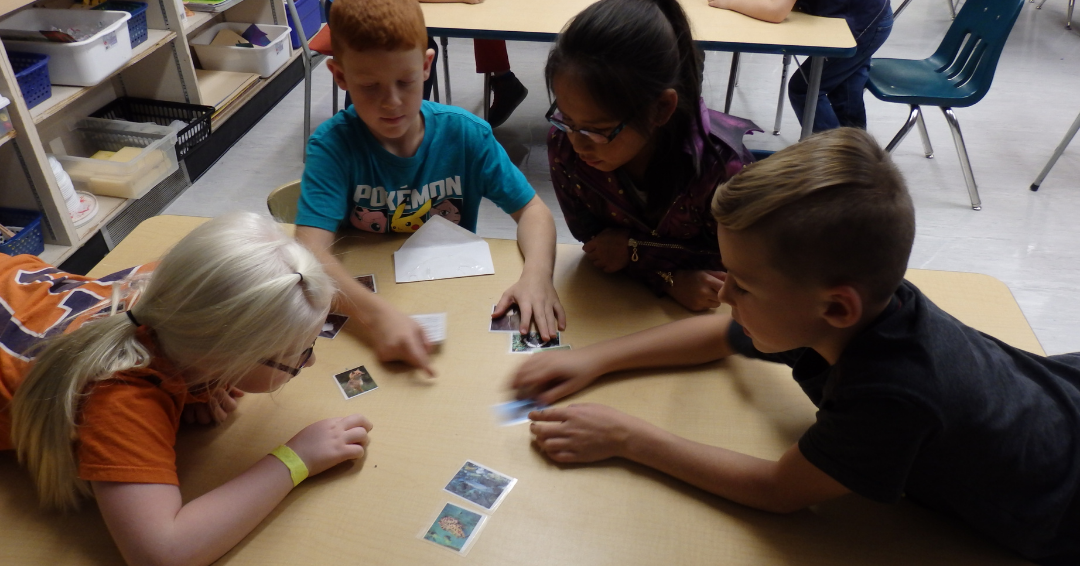
Curriculum CONNECTIONS
Earth Systems (Grades 2-4)
Living Systems (Grade 2 & 3)
Matter (Grade 3)
Matter (Grade 3)
Unit E: Fresh Water and Salt Water Ecosystems (Grade 8)
Sci 10: Energy Glow in Global Systems (Grade 10)
Bio 20: Ecosystems & Population Change (Grade 11)
Bio 30: Population and Community Dynamics (Grade 12)
Bio 30: Population and Community Dynamics (Grade 12)
MATERIALS NEEDED
Small items such as pebbles or anything easily found outside or in the classroom (you need the same number of items as the number of participants)
Instructions
- Have all participants line up shoulder to shoulder facing the instructor.
- Give each participant an item.
- Tell participants that one end of the line is the headwaters of the local river/watershed (e.g. Bow Glacier), and the opposite end is the end point (e.g. Hudson Bay).
- Tell participants that each person along this line represents a town, city, factory, farm, etc. and each item they are holding is a type of human-produced pollution.
- Have the participants (starting at the headwaters, e.g., Bow Glacier) give an example of pollution in our water system (e.g. pesticides, herbicides, medication, litter, soap, oil, etc.) and pass the item to the next person in line.
- This continues until all the items are in the hands of the participant at the end of the line/watershed (e.g. Hudson Bay).
- Discuss how what happens upstream affects downstream.
- Describe how our wastewater treatment plants and water treatment facilities are able to take certain pollutants out of the water. With every example take one item out of the hands of the last participant.
- Leave a few items in their hands and tell participants how our treatment facilities cannot take everything out due to technological barriers, cost effectiveness, capacity, etc. and that is why it is so important to keep our waters as clean as possible.
Discussion:
- How does climate change impact this demonstration? Higher temperatures will decrease the water volume in our streams and rivers in the summer months, thus increasing the concentration of pollutants in waterbodies. Increased pollutants in our waters will increase the cost to clean the water, impacting the cost to citizens. This increase in pollution will have drastic impacts on the local ecosystems. You can demonstrate this with your students by using larger items to pass down the stream, as the pollutants are in higher concentration and have a bigger impact, it becomes more difficult to hold all the larger items as they get passed down. If a student drops an item, then the acumination of pollutants has become too much for that ecosystem.
- How does water pollution impact native species, such as Athabasca rainbow trout, Westslope cutthroat trout, and bull trout? Discuss whether animals like trout have water treatment plants in the wild. You can link to the importance of healthy riparian areas for aquatic ecosystems.
- What actions can youth take to keep our rivers clean? Brainstorm ideas for reducing water pollution, cleaning up ecosystems, and advocating for the protection of water and water ecosystems.
Extensions
- Discover ways that anglers, ranchers, off highway vehicle (OHV) users, hikers, and campers can support native trout recovery through our interactive tool Stand Up For Alberta's Native Trout. Dive in deeper with Stories from the River.
- Learn about the Alberta Native Trout Collaborative's efforts to rehabilitate native trout habit through this StoryMap: Rehabilitating Native Trout Habitat in Alberta.
Detailed Curriculum Connection
Pair This Activity With
See All Native Trout Activities
This activity is courtesy of the
Alberta Native Trout Collaborative
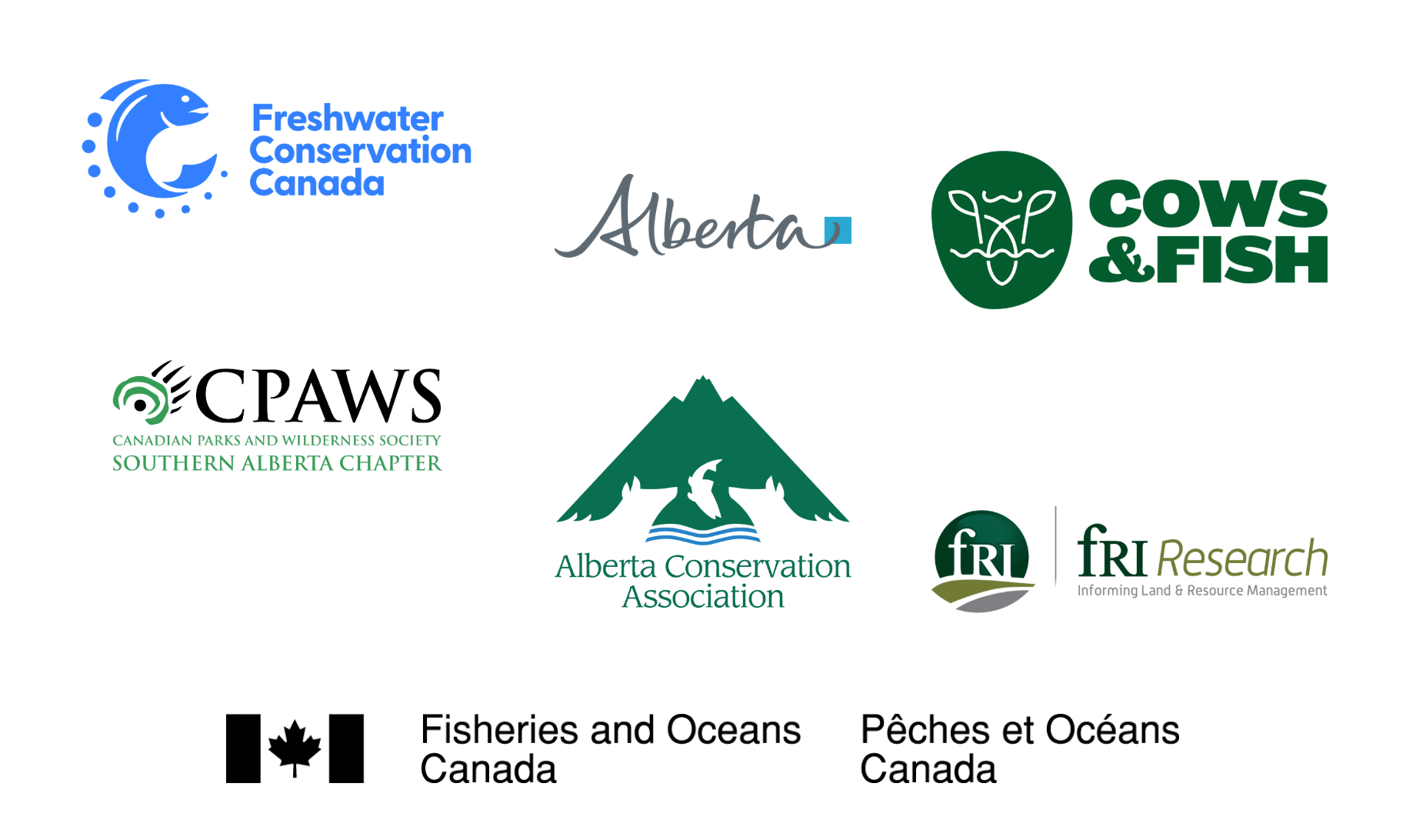
Learn more at albernativetrout.com
